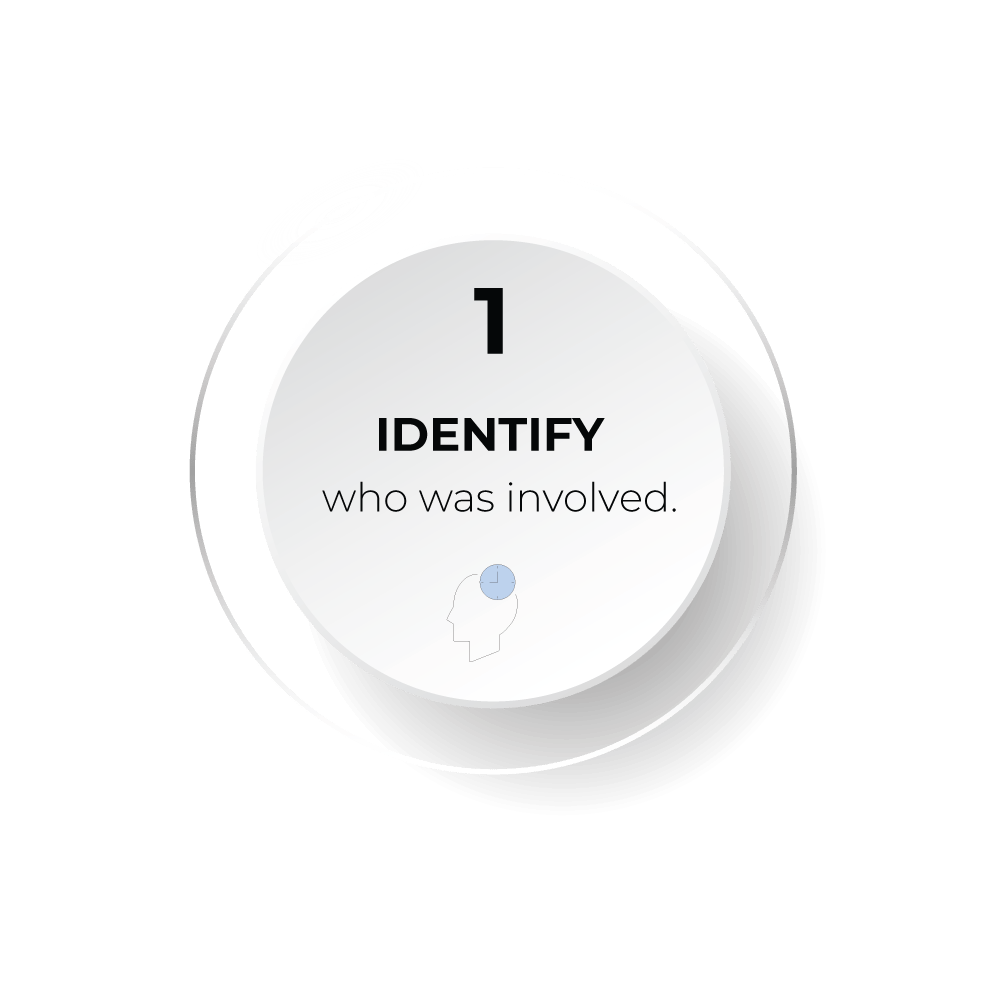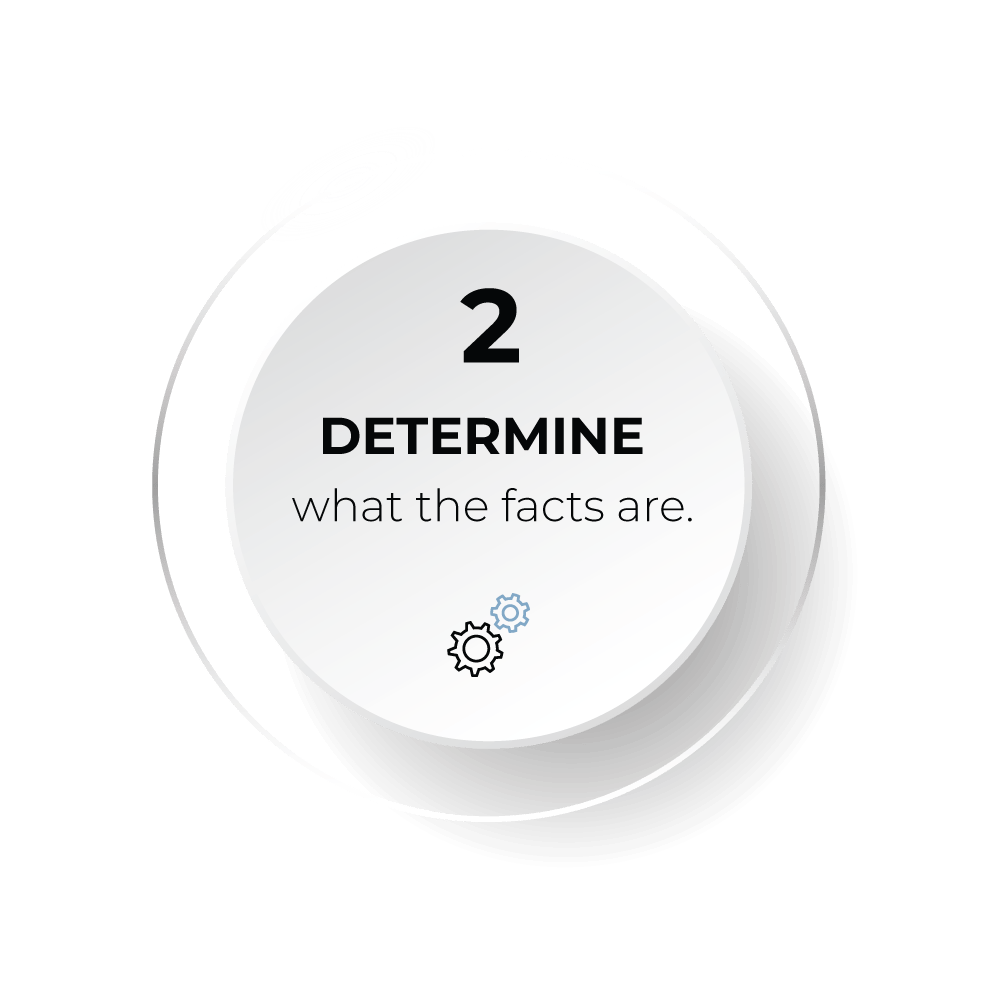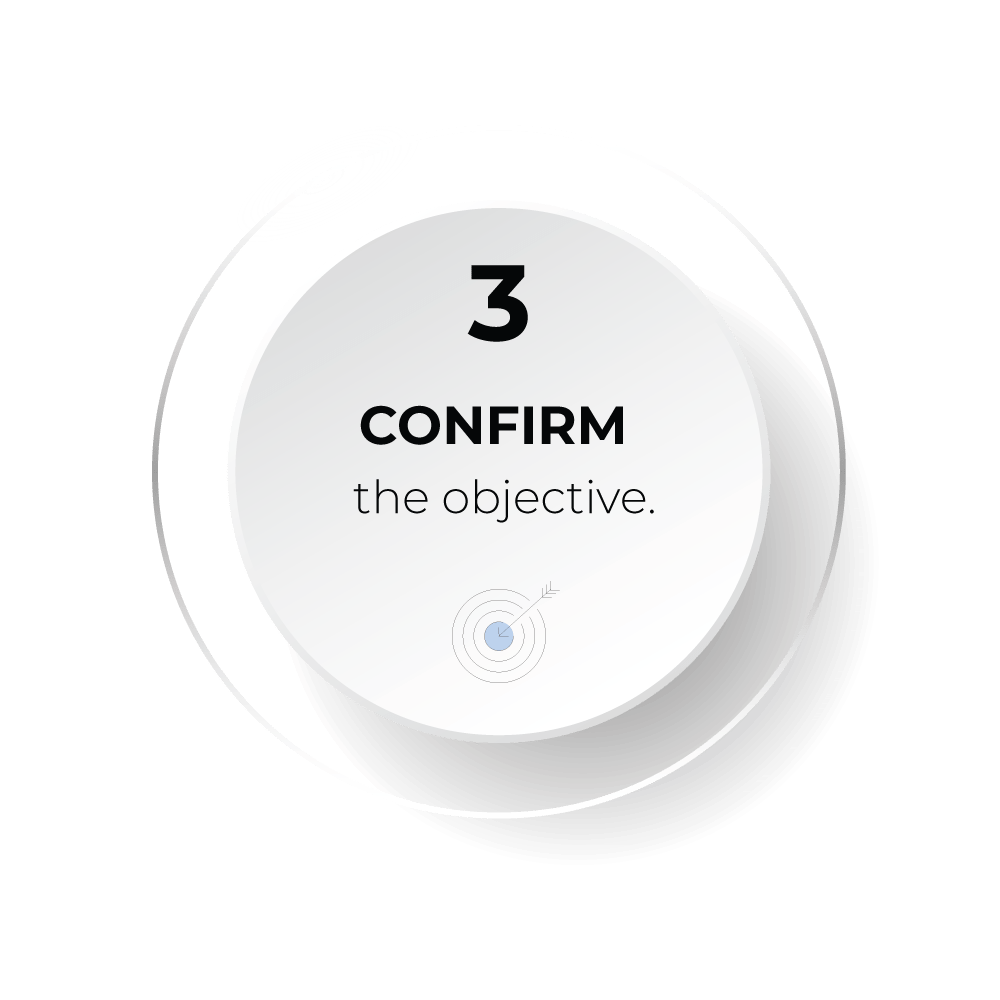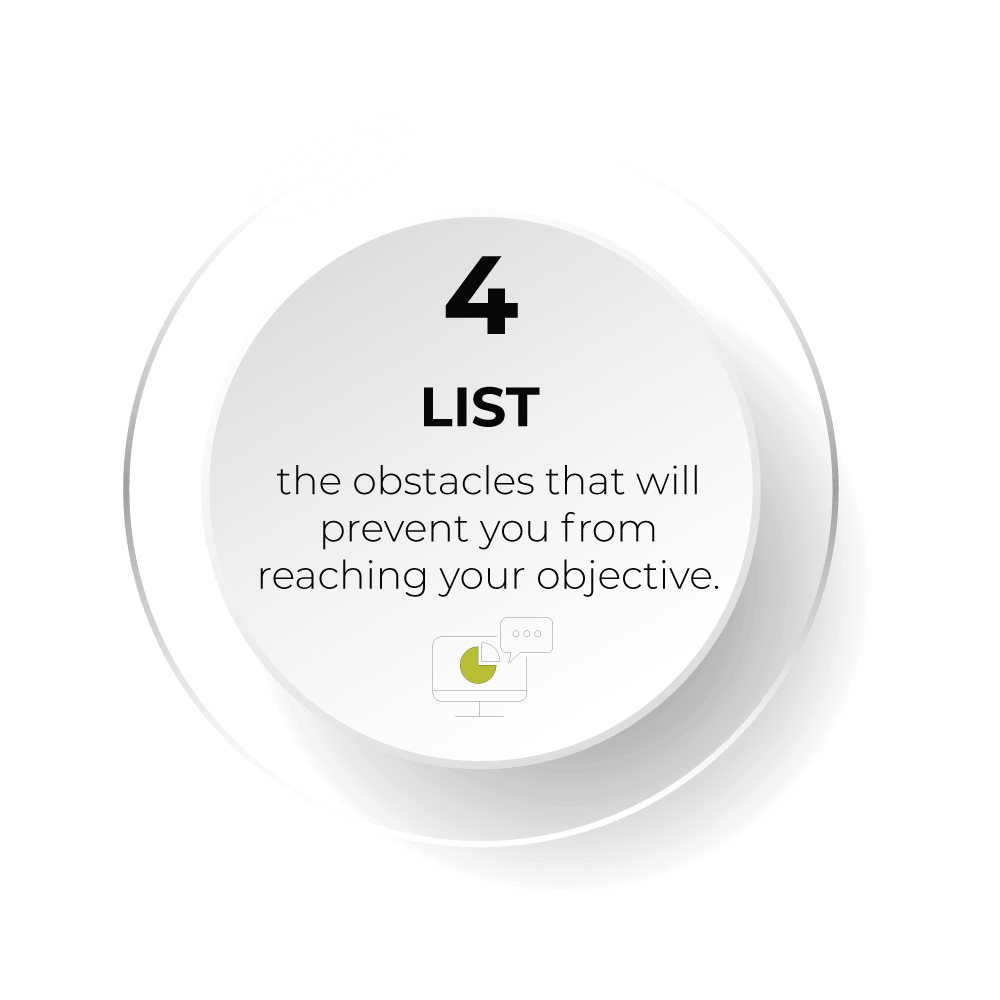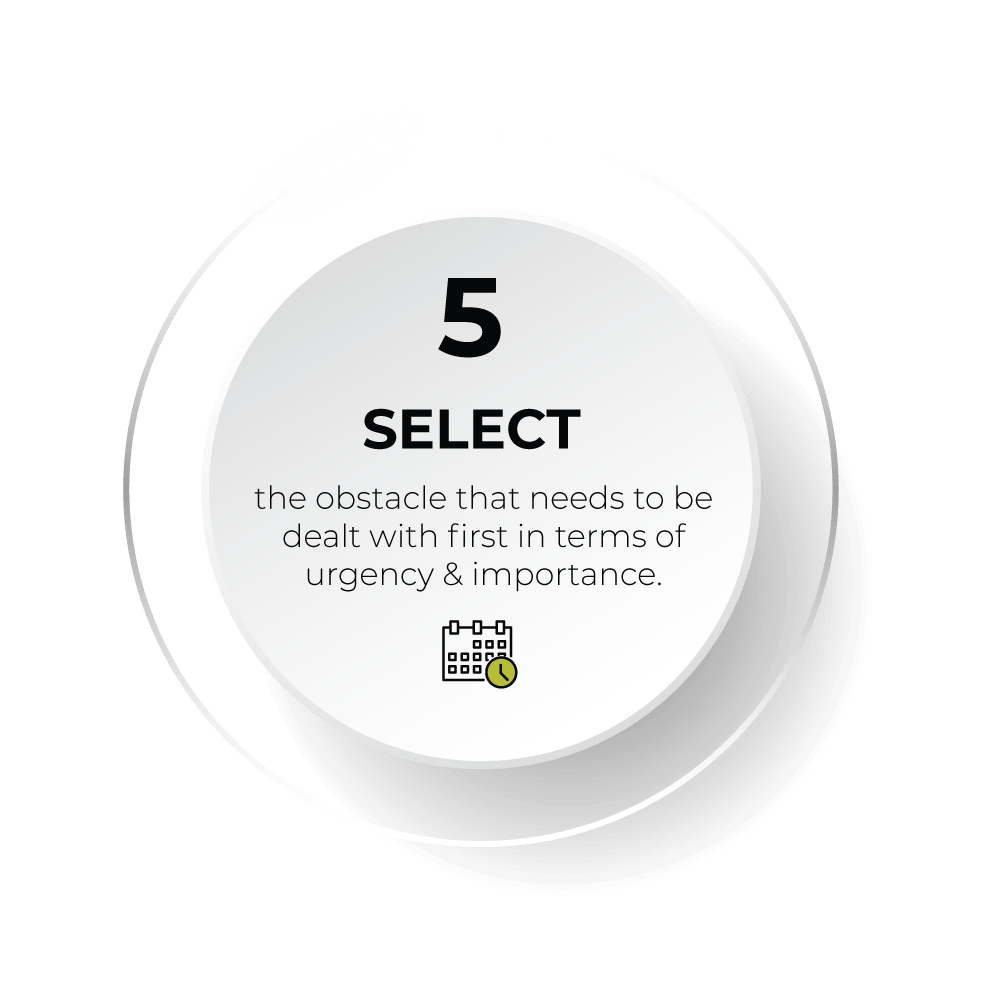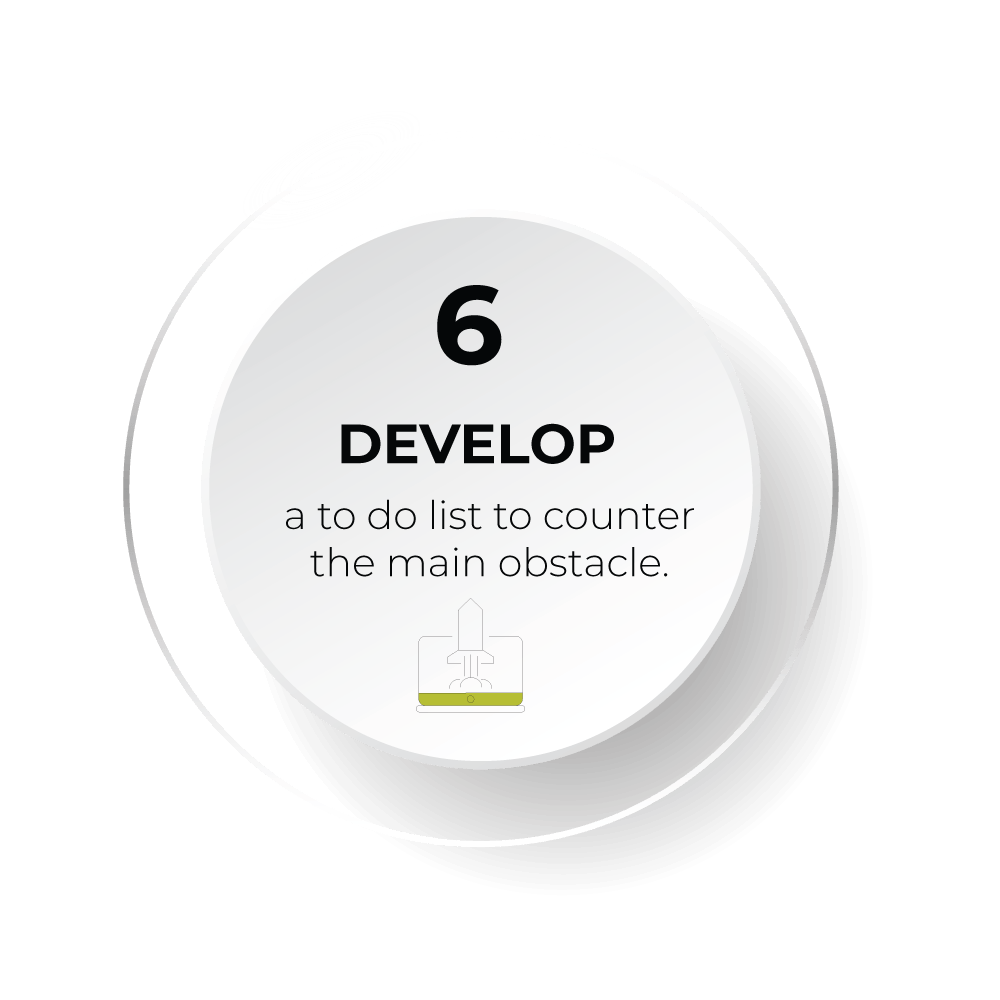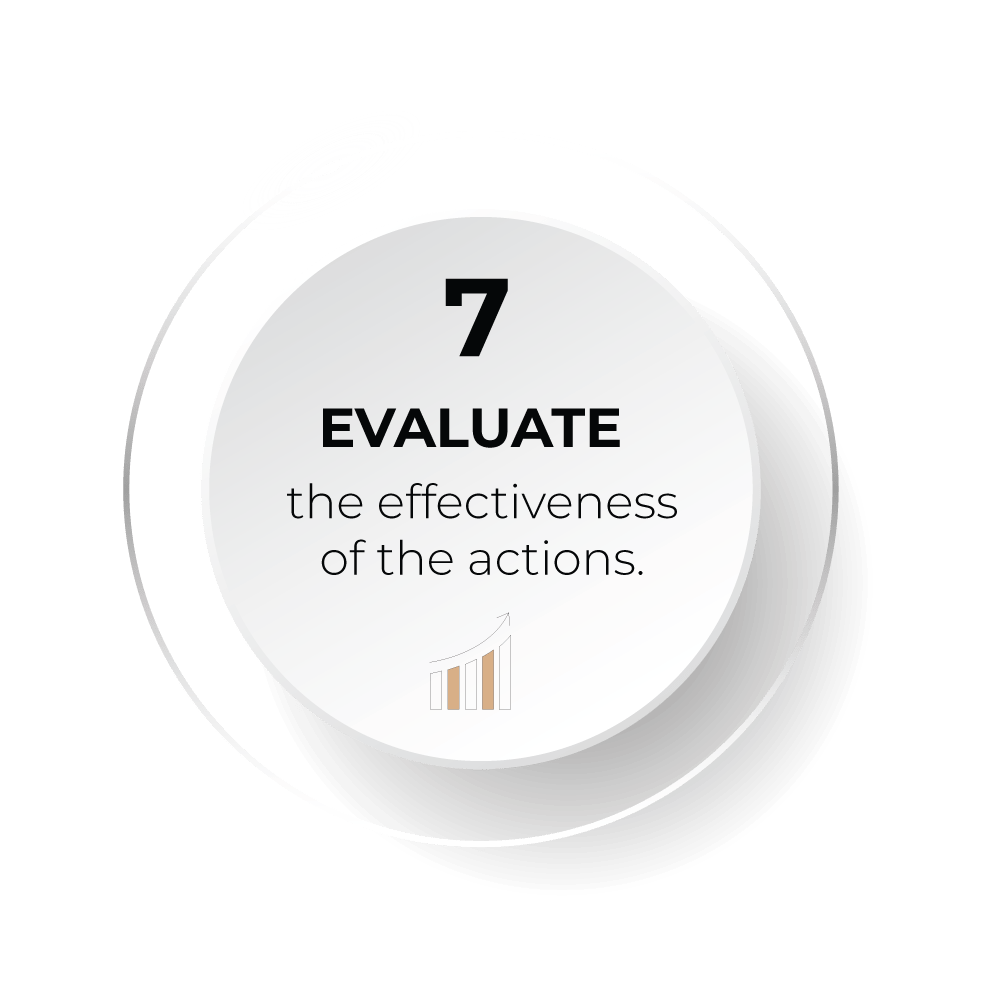Make separating as easy as it can be with 7 simple steps.
Our 7 Step A-to-B Framework breaks down exactly what you need to step-by-step so the separation process becomes faster, cheaper and easier.
The A-to-B Framework
Our 7 step A-to-B Framework simplifies any legal issue, breaking things down step-by-step.
It's what we use at every stage of our client's matter. From our first phone appointment to negotiating the final property settlement.
Watch the video beside to find out what your free A-to-B phone appointment will be like.
Limited Appointments AVAILABLE. Book Now.
As an associate Montana has several client's she works with on a daily basis. Making the times she is available quite limited. To ensure you don't miss out on critical legal advice that you may need now, it's important that you book as soon as possible. There are only 5 appointments available each week.
Here’s What Will Happen On Your A-to-B Phone Appointment
After you have booked your A-to-B phone appointment, our Client Liaison Officer, Beth, will get in contact with you to confirm a date and time to schedule your appointment that will work for both you and Montana.
At the time of your appointment Beth will call you and connect you with Montana. On the call Montana will discuss your situation in depth. Starting with step one - identifying who is involved, going all the way through to step six and seven where she will give you a list of tasks to do straight away and schedule in another call to check how you have gone.
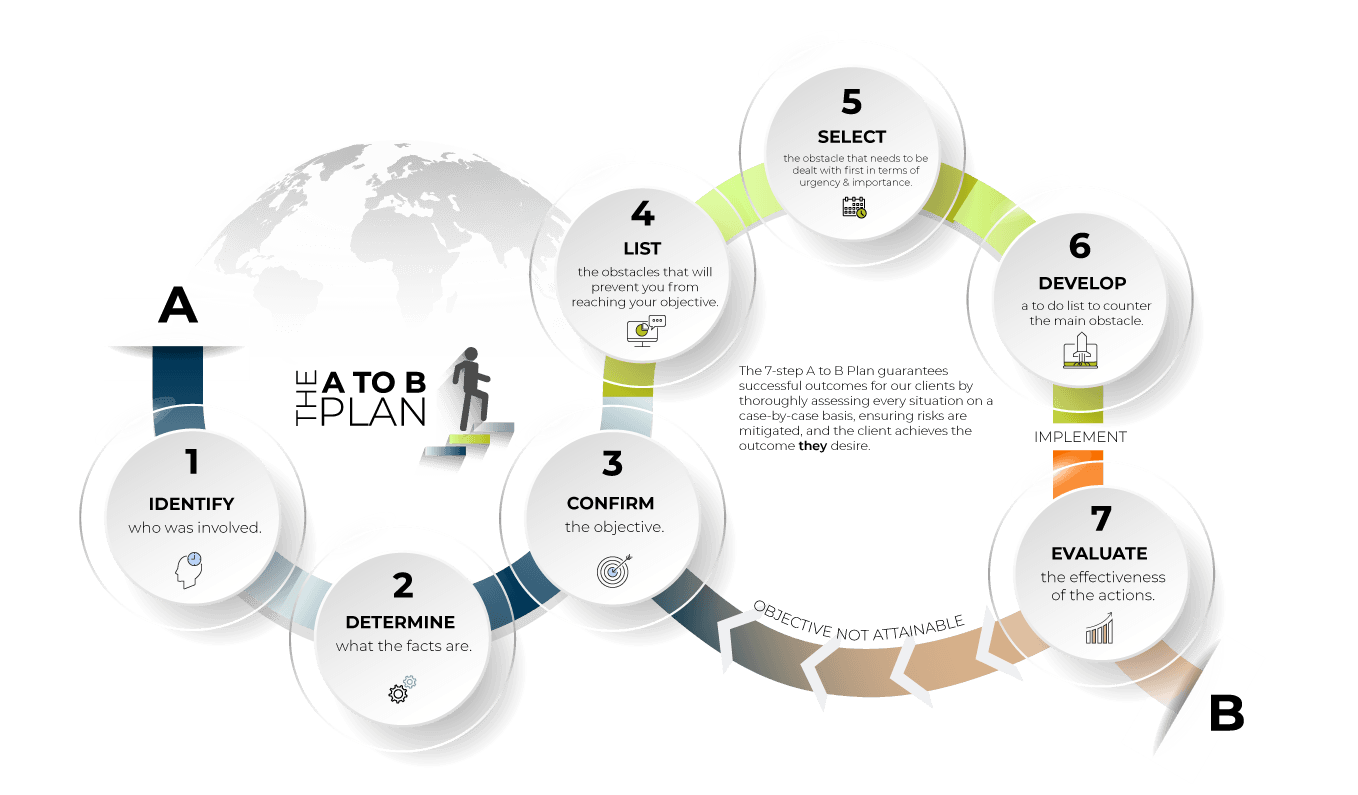
About The Lawyer You Will Talk To, Montana Gibson
Practicing exclusively in family law since her admission, Montana has helped her clients settle their family law matters privately in a negotiated way through mediation.
Montana was also nominated in Doyle's guide 2017 as a "Rising Star" due to her effort in always striving to go the extra mile in finding a solution and delivering a successful result.
Here’s what people are saying about the A-to-B Phone Appointment.
ANONYMOUS
Pull out a few key words for a testimonial title
These 3 testimonials are just after you’ve introduced the teacher/ instructor, so they should focus on how great the course teacher is and why they are worth trusting.
Anonymous
Pull out a few key words for a testimonial title
These 3 testimonials are just after you’ve introduced the teacher/ instructor, so they should focus on how great the course teacher is and why they are worth trusting.
